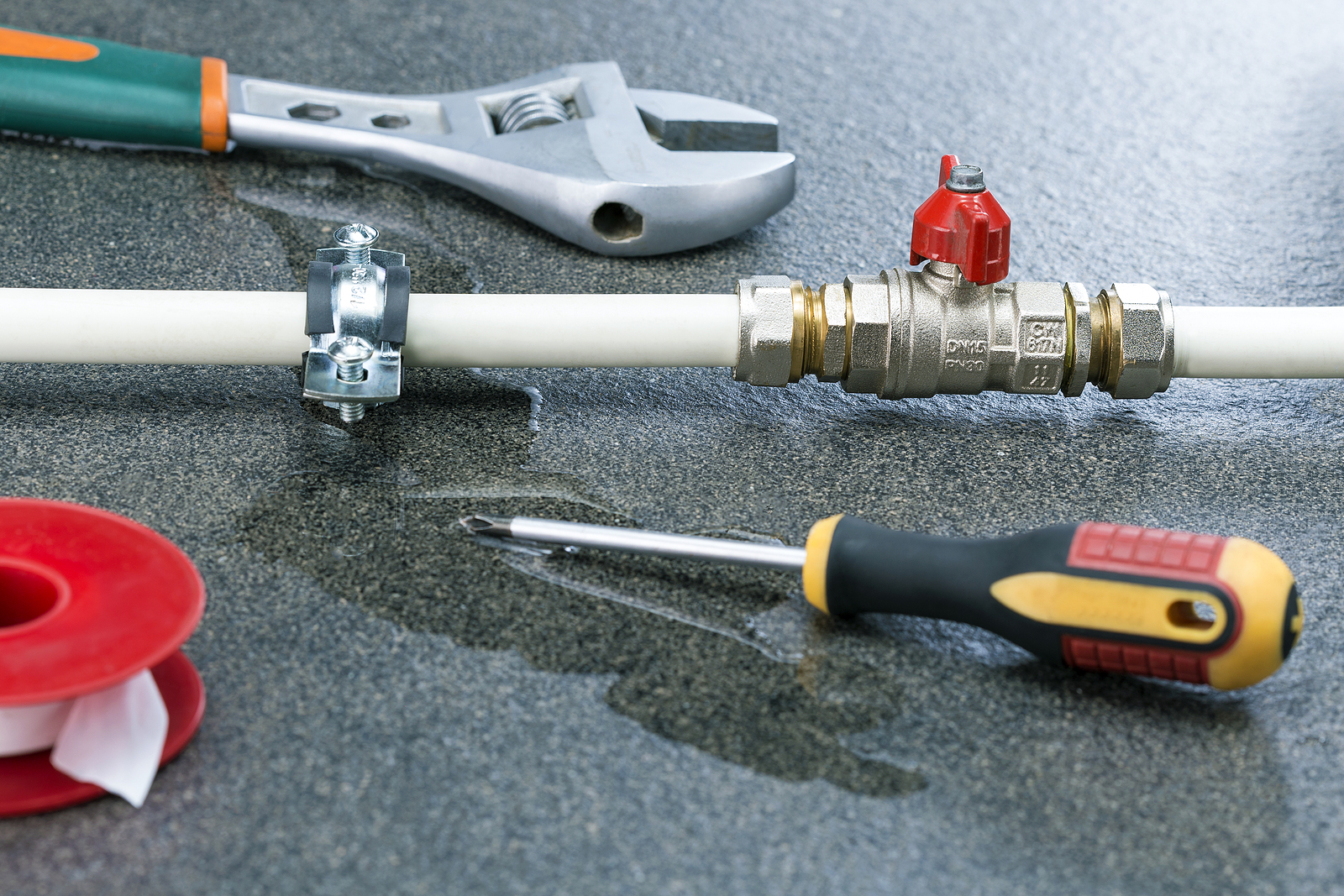Here below you will find a lot of extremely good insights regarding Leaking water lines.

Early discovery of dripping water lines can alleviate a potential calamity. Besides saving you money, it will certainly minimize the irritation and aggravation. The minute you locate a leakage, calling your plumber for repair services is the most effective service. Some tiny water leakages may not be visible. If you can not find it with your nude eyes, below are some hacks that assist.
1. Analyze the Water Meter
Every residence has a water meter. Checking it is a surefire manner in which helps you find leakages. For starters, turn off all the water resources. Make certain no one will certainly flush, make use of the faucet, shower, run the cleaning machine or dish washer. From there, most likely to the meter and watch if it will transform. Since nobody is utilizing it, there should be no activities. If it moves, that suggests a fast-moving leakage. Likewise, if you find no changes, wait a hr or two as well as examine back again. This indicates you may have a slow-moving leakage that could even be underground.
2. Inspect Water Usage
Analyze your water costs and track your water consumption. As the one paying it, you should discover if there are any discrepancies. If you spot sudden changes, despite your consumption being the same, it implies that you have leaks in your plumbing system. Keep in mind, your water expense ought to fall under the same range every month. A sudden spike in your costs shows a fast-moving leakage.
Meanwhile, a consistent increase each month, despite the exact same practices, shows you have a slow leakage that's likewise slowly escalating. Call a plumber to thoroughly examine your residential or commercial property, specifically if you really feel a warm location on your flooring with piping underneath.
3. Do a Food Coloring Examination
When it comes to water intake, 30% comes from toilets. If the shade somehow infiltrates your dish throughout that time without flushing, there's a leak in between the tank as well as bowl.
4. Asses Outside Lines
Don't fail to remember to examine your outside water lines also. Must water seep out of the link, you have a loose rubber gasket. One small leakage can squander tons of water and also increase your water costs.
5. Evaluate the scenario and examine
House owners need to make it a behavior to check under the sink counters as well as also inside cupboards for any type of bad odor or mold development. These two warnings suggest a leak so punctual interest is required. Doing regular evaluations, even bi-annually, can save you from a significant trouble.
Examine for stainings and weakening as many pipelines and devices have a life expectations. If you presume leaking water lines in your plumbing system, don't wait for it to escalate.
Early discovery of leaking water lines can minimize a prospective calamity. Some small water leakages may not be noticeable. Examining it is a proven method that aids you find leakages. One tiny leak can throw away heaps of water and surge your water costs.
If you suspect dripping water lines in your plumbing system, do not wait for it to escalate.
WARNING SIGNS OF WATER LEAKAGE BEHIND THE WALL
PERSISTENT MUSTY ODORS
As water slowly drips from a leaky pipe inside the wall, flooring and sheetrock stay damp and develop an odor similar to wet cardboard. It generates a musty smell that can help you find hidden leaks.
MOLD IN UNUSUAL AREAS
Mold usually grows in wet areas like kitchens, baths and laundry rooms. If you spot the stuff on walls or baseboards in other rooms of the house, it’s a good indicator of undetected water leaks.
STAINS THAT GROW
When mold thrives around a leaky pipe, it sometimes takes hold on the inside surface of the affected wall. A growing stain on otherwise clean sheetrock is often your sign of a hidden plumbing problem.
PEELING OR BUBBLING WALLPAPER / PAINT
This clue is easy to miss in rooms that don’t get much use. When you see wallpaper separating along seams or paint bubbling or flaking off the wall, blame sheetrock that stays wet because of an undetected leak.
BUCKLED CEILINGS AND STAINED FLOORS
If ceilings or floors in bathrooms, kitchens or laundry areas develop structural problems, don’t rule out constant damp inside the walls. Wet sheetrock can affect adjacent framing, flooring and ceilings.
https://www.servicemasterbyzaba.com/blog/how-to-detect-water-leakage-in-walls/

I came across that piece about Hacks to detect leaks when doing a lookup on the web. Do you know somebody else who is inquisitive about the topic? Do not hesitate to share it. Thank you for your time spent reading it.
Comments on “Just how to Check If Your House Has a Hidden Leak”